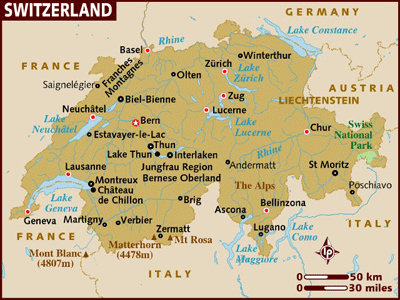My research for the year (or rather, for the remaining five months!) deals with ecologically sustainable sanitation, or “ecosan” for short. This is a technical term for basic waterless toilets—usually built in Africa and Asia—that offer economically, environmentally, and culturally favorable alternatives to expensive conventional toilets (the flush kind). Ecosan attempts to close the loop of water-food-sanitation-waste and therefore recycles waste from the toilets to be composted into agricultural fertilizer and used for other nutrient-rich applications. (More about this below.)
From an aesthetic standpoint, there are a million “cleaner” research topics than sanitation for environmental engineers, but from a theory and design standpoint, the topic of sustainable sanitation is actually quite fascinating. After all, environmental engineering was originally called “sanitary engineering”. One of my former engineering professors was fond of saying that every environmental engineer will at one point work for, or in conjunction with, a wastewater treatment plant due to the importance of waste management in industrialized society. Well, I haven’t exactly been dealing with wastewater treatment plants—mainly because there
aren’t any such plants in the developing countries where I have been working (Uganda, Honduras, etc.)—but I think I’ve gotten as close as I could possibly get without actually working in a treatment plant!
Below I’ve written a quick guide to ecological sanitation, based loosely on the guide from Austria’s “EcoSan Club”. Hopefully, it answers a few questions people have about the topic. Feel free to ask me more questions. I’ll respond to them all as best I can.
EcoSan 101Human excreta (urine and feces) and wastewater (dirty water from baths, showers, and sinks) collectively form one of the primary sources of household sewage. Ecosan, as described here, focuses on issues pertaining to human excreta and waste, especially the mixture of urine and feces. This mixture is a dangerous one, and therefore deserves attention, because it contains pathogens that can contaminate sources of drinking water and cause disease.
Ironically, the same mixture that causes disease also contains valuable nutrients, including nitrogen, phosphorous, and potassium, which can be used in agricultural manure for fertilizer. In many of the countries where contaminated drinking water is a problem, lack of sanitation and food scarcity are also problems. Ecosan combines these to create an innovative solution.
The main feature of ecosan is the dry toilet. Dry toilets use simple technology to separate urine and feces. The most important rule for the dry toilet is to never mix the urine and feces. The toilet is designed with one section for liquid waste (urine), one section for solid waste (feces), and a small wall dividing the two. The urine flows through a short pipe and infiltrates the ground. The feces pass through a larger hole in the toilet and are collected in a chamber or basket underneath the toilet for storage and drying.

The person using the toilet needs to cover the feces each time with some sort of drying agent, usually ash or sawdust. The drying agent absorbs the excess liquid and prevents the formation of maggots and foul odors. When one of the collection chambers or baskets gets full, it is transported to a storage site, where it stays to dry for six to eight months. After this point, the waste from the storage site is composted with other organic waste (food scraps, grass and leaves, etc.). The composted product is manure that is dry, soil-free, odor-free, and safe to use on agriculture.
Many different versions of dry toilets can be found around the world, but they all provide several common advantages:
* They use no water, which is critical for regions where water is scarce.
* They protect the environment and even provide nutrients for fertilizer.
* They prevent disease and reduce health risks.
* They are built as permanent structures, near or inside homes (as opposed to traditional pit latrines, which need to be rebuilt on new sites every couple years)
* They are adaptable to local resources, climates, and customs.
So why would we want to promote the use of ecosan toilets when we already have the technology for regular flush toilets? First and foremost, flush toilets are too expensive for communities that don’t even have access to clean water. In addition, consider the fact that, according to the UN, half of the world’s population lacks access to basic sanitation facilities. Consider the fact that 80% of all diseases and 25% of all deaths in developing countries are caused by polluted water. Consider the fact that in Africa, 85% of all arable land is losing an average of 30 kg of nutrients per hectare per year. We clearly have a need for clean water, proper sanitation, and suitable land for agriculture. Ecosan addresses all of these needs in one solution. It converts “waste” into a resource and ultimately helps to provide food for the community. I have yet to hear of a better idea.



